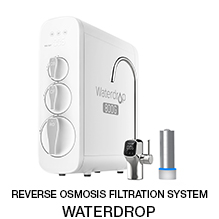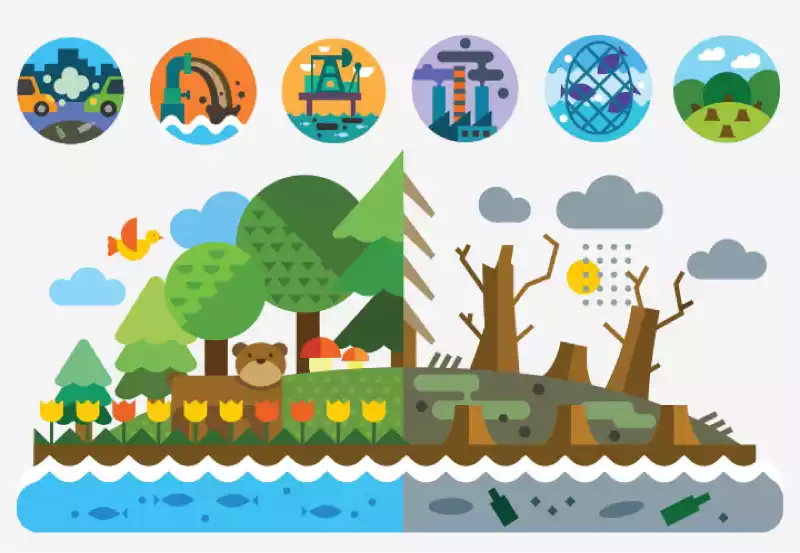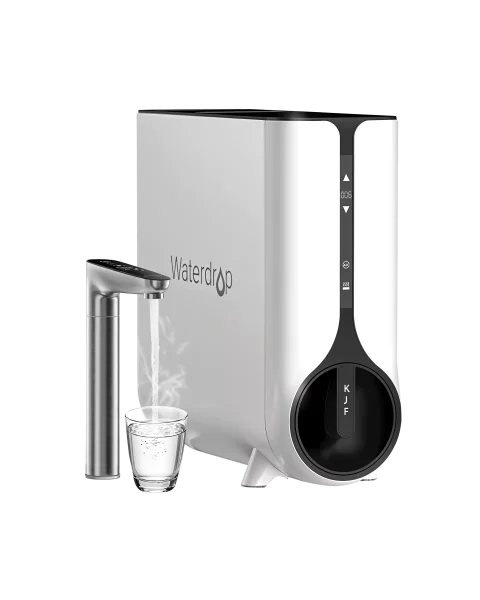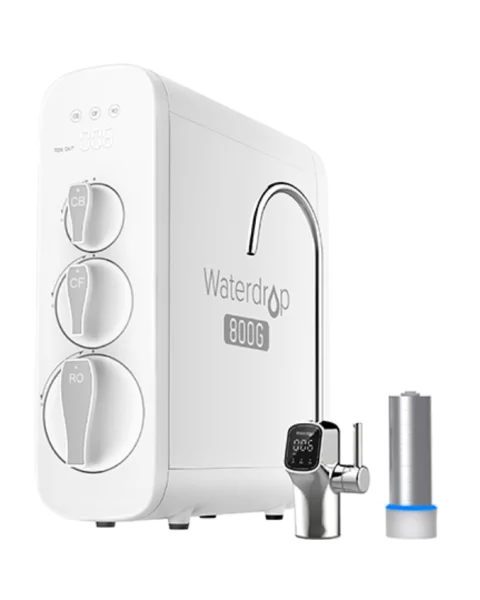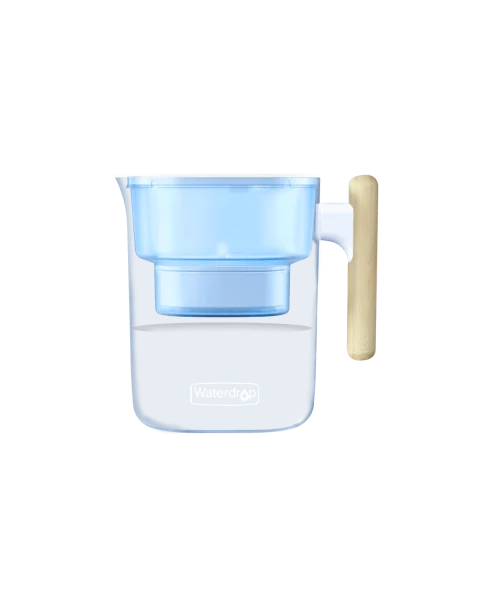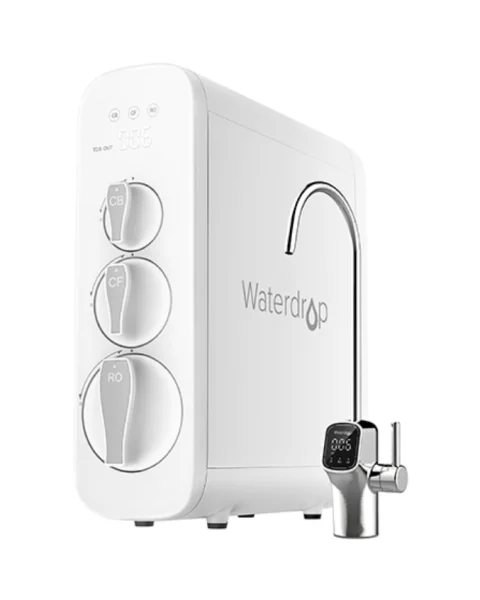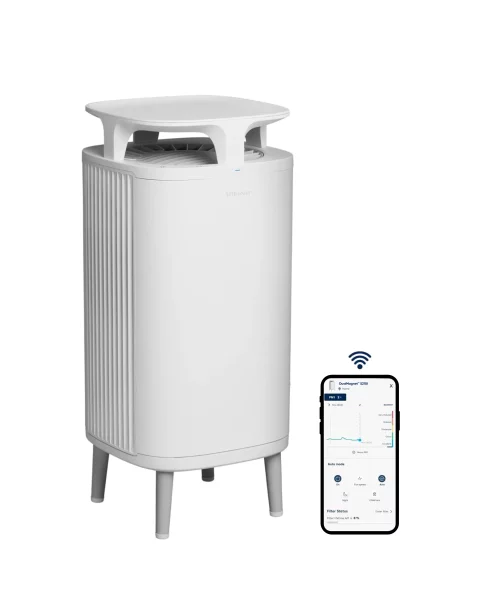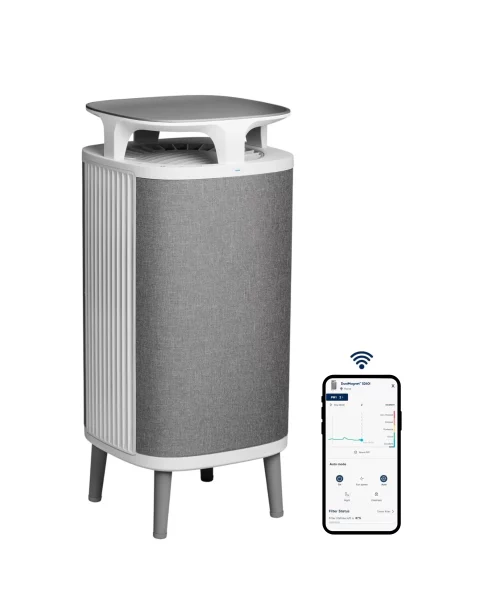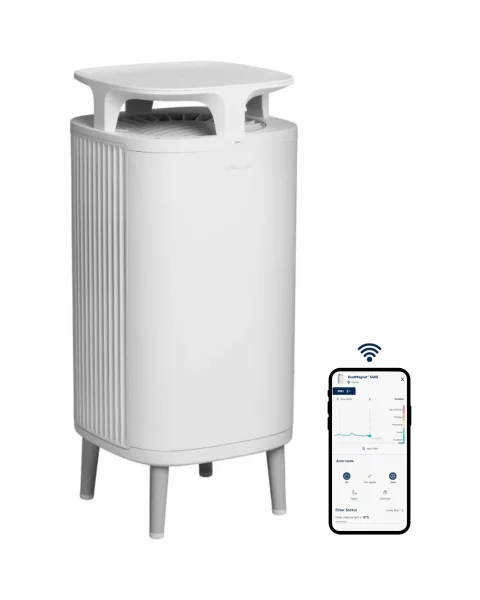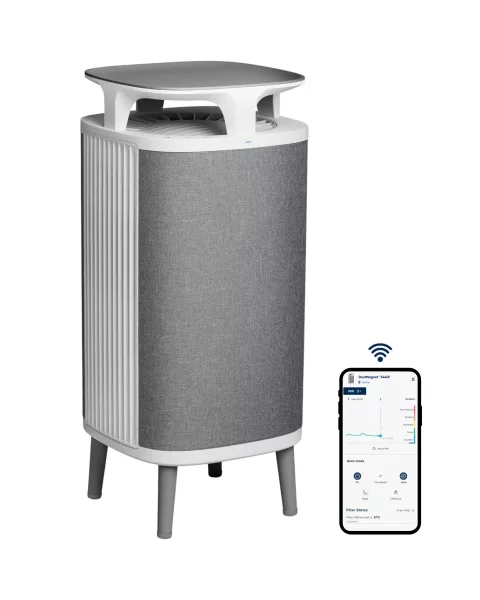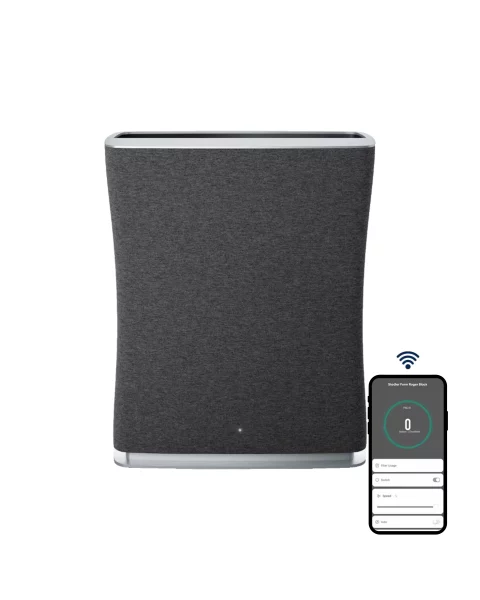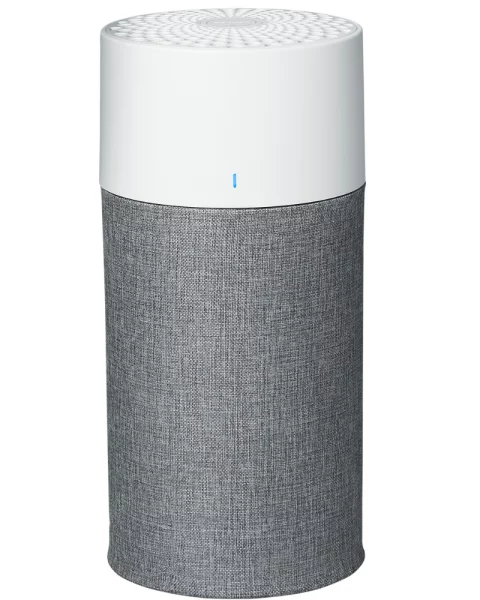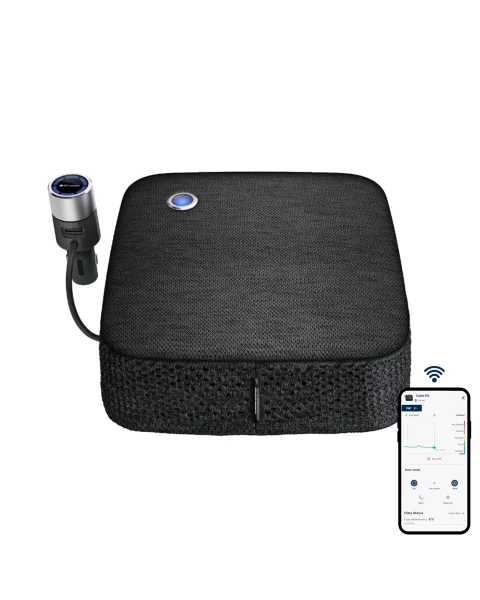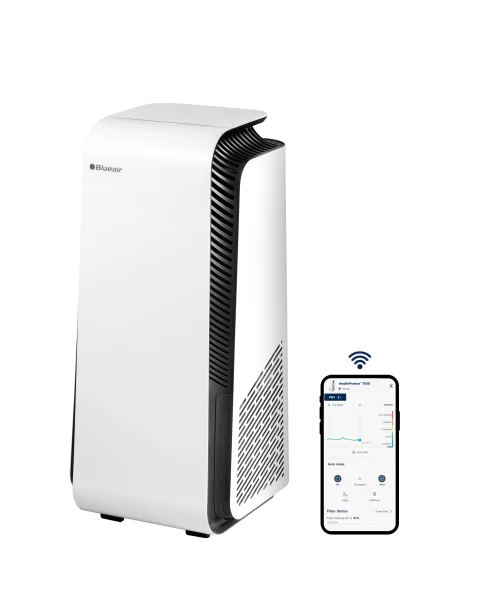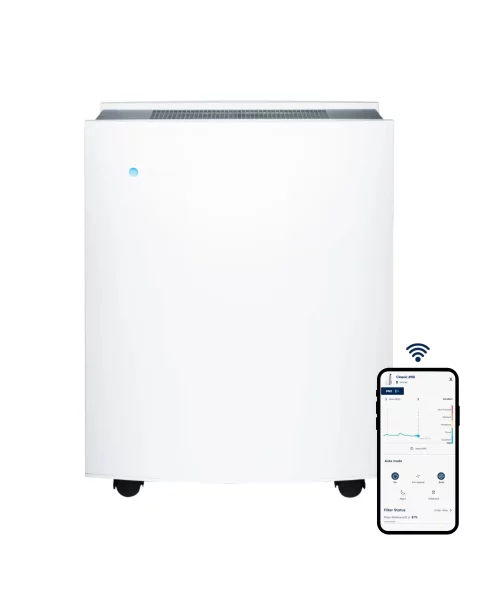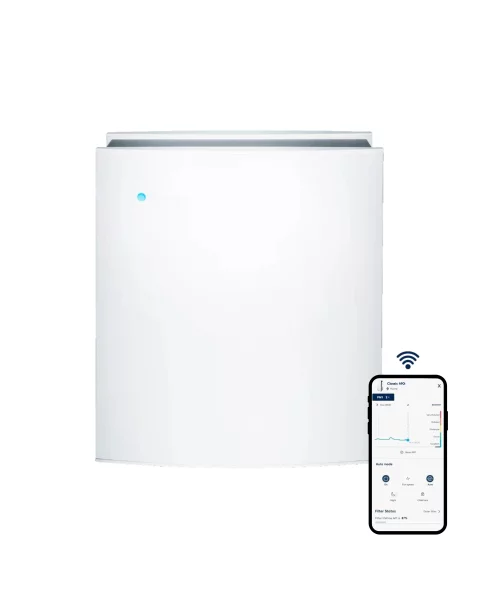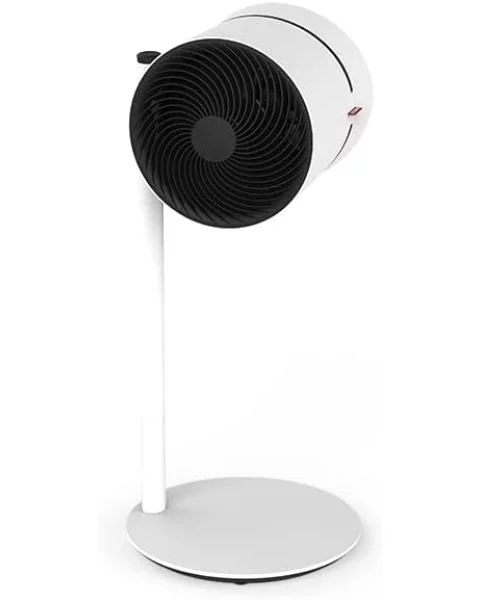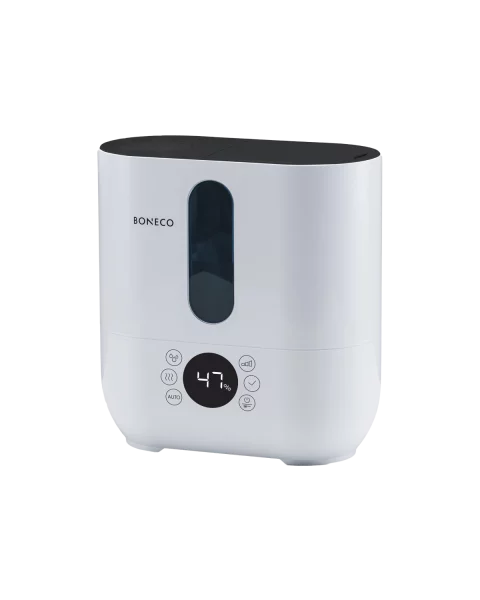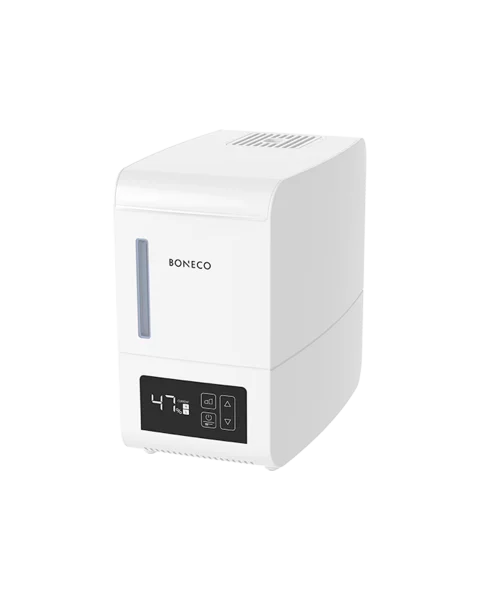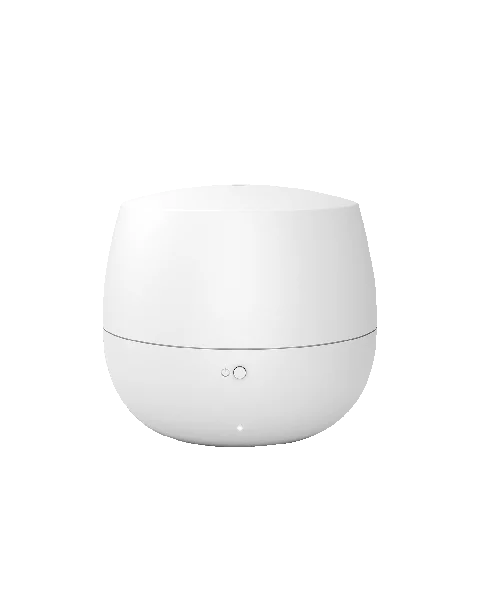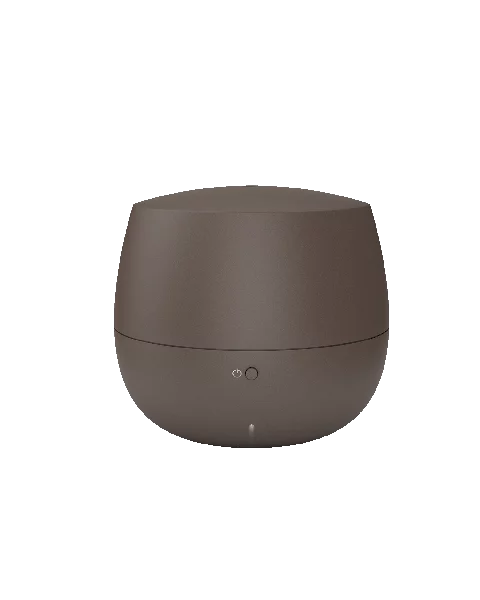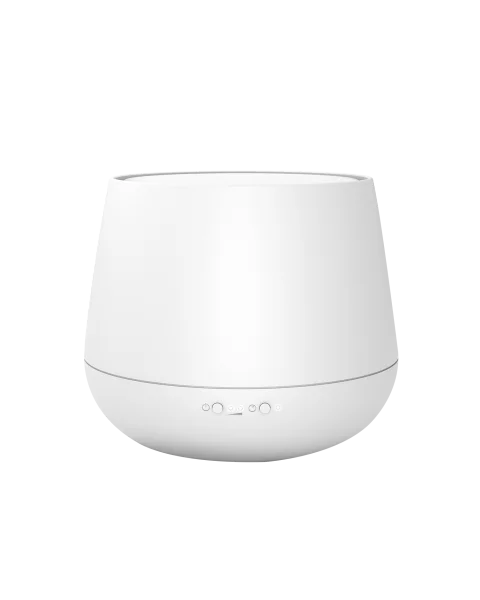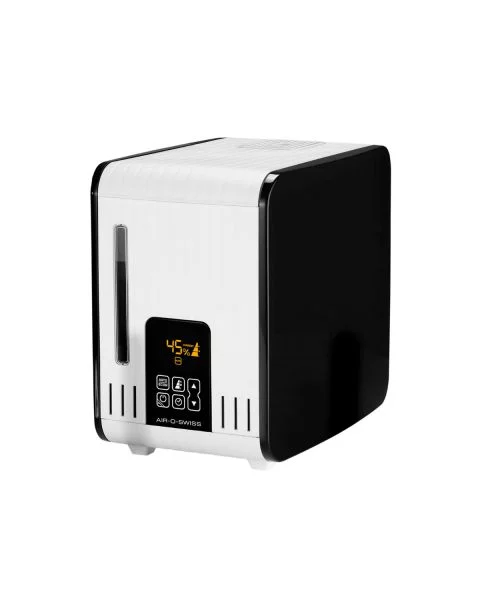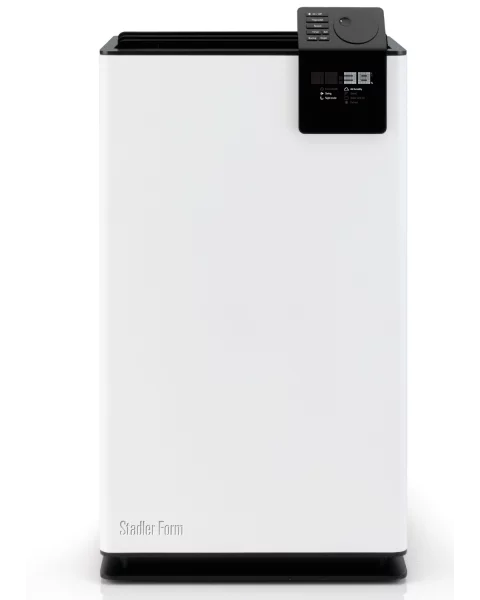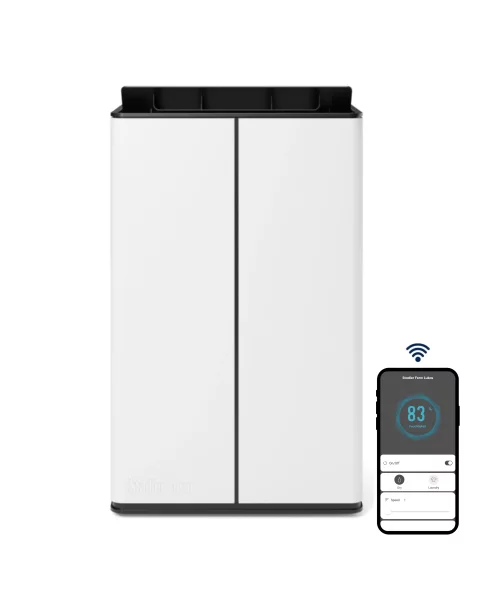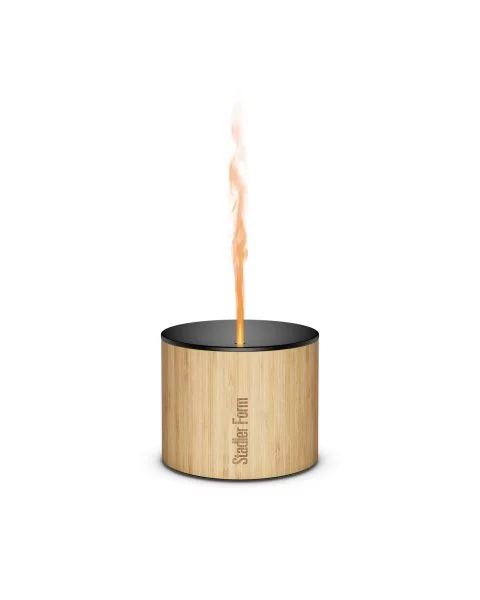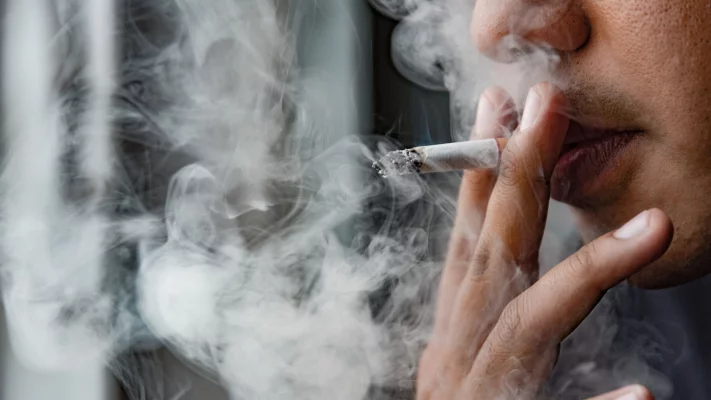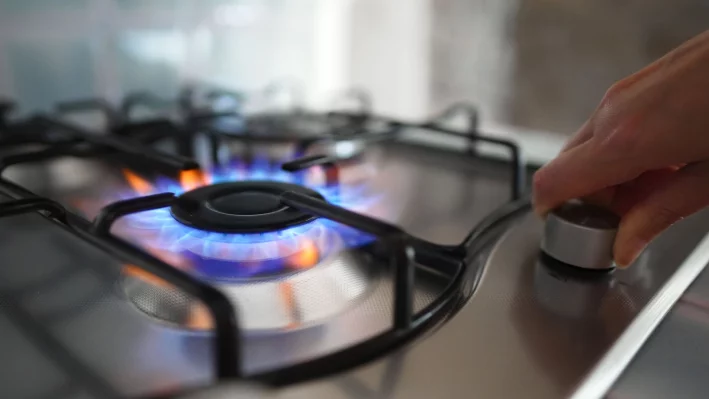Air Purifier - Beaches coated with oil, clouds of smog, rivers turning red due to chemicals. Sounds scary, doesn’t it? But it is happening all around us, right now! All these are evident signs of pollution. But how much does your kid know about pollution? Relying entirely on school education isn’t enough. As parents, you have the responsibility to understand the impact children can have on the environment and how they can make a difference. Here are some information about How much does your kid know about pollution? Relying entirely on school education isn’t enough. Here are some pollution facts for kids that can help you to educate them about various types of pollution.
What Is Pollution?
As defined by The American Heritage Science Dictionary, pollution is “contamination of air, water, or soil by substances that are harmful to the living organisms. Pollution can occur naturally, for example through volcanic eruptions, or as the result of human activities, such as the spilling of oil or disposal of industrial waste.”
Types Of Pollution:
The most common types of pollution are water pollution, air pollution, land pollution and agricultural pollution.
1. Land Pollution

Household garbage and industrial waste lead to land pollution. Discarded food takes up the largest area in landfills followed by industrial or commercial waste. In the year 2015, Indonesian produced over 64 million tons of garbage, consisting mainly of clothing, furniture, plastic, food scraps, paint, batteries, appliances and so on. That is about 0.7 kilograms of waste per person per day.
Facts:
- Indonesia produced over 300kg of food waste/person/year
- Methane from food in landfills is 21 times more damaging than CO2
- If one quarter of food currently lost or wasted were saved, it would be enough to feed the world’s hungry
2. Water Pollution

Water pollution occurs when dangerous foreign substances like chemicals, pesticides, fertilizers and chemicals enter into water bodies. Water pollution can severely affect marine life. For instance, sewage can cause the pathogens to grow, and the organic and inorganic compounds in the water can change the composition of the precious resource. Even lower levels of dissolved oxygen in the water are a pollutant.
3. Air Pollution

The air we breathe comprises of 99% nitrogen, water vapor, oxygen and inert gasses. Air pollution happens when abnormal substances enter the air we breathe. The most common type of air pollution comes from burning fuels. This kind of pollution looks like soot with millions of tiny particles floating in the air. Dangerous gasses like carbon monoxide, sulfur dioxide, nitrogen oxide, and chemical vapors are other types of air pollution.
4. Noise Pollution

Noise pollution is the most neglected type of pollution It occurs when the sound coming from industry, planes and other sources reach the harmful levels. Even though humans cannot smell or see noise pollution, it still affects the environment. Researchers have also shown direct links between noise and health.
Pollution Facts For Kids:
Here are some shocking facts that will give you and your kids a quick glance on how pollution is creating havoc on earth.
- Pollution is one of the deadliest killers, affecting more than 10 million people worldwide. Kids contribute to just 10% of the world’s pollution but are prone to 40% of the global disease. More than 2 million children under the age of 5 die every year due to pollution. It is one of the interesting facts about pollution for children to know.
- In most developing countries, 70% of the industrial wastes are dumped into the waters. More than 46% of America’s lakes and 40% of America’s rivers are too polluted to go for swimming and fishing. It also kills more than 1 million seabirds and 100 million mammals every year.
- Oil spills are the biggest cause of water pollution. In 2010, a huge oil spill in America polluted approximately 125 miles of the Louisiana coast. Over a 1000 animals, including birds, mammals and turtles were reported dead. Of all the animals alive, only 6% were reported to be clean, but the biologists and scientists predict that they will die too.
- The Mississippi River drains nearly 40% land of the continental United States. It carries 1.5 million metric tons of nitrogen pollution into the Gulf of Mexico. This results in a dead zone every summer about the size of New Jersey.
- Acidification is the worst type of pollution in the ocean. Day by day, the oceans are becoming more acidic due to the greenhouse emissions from fossil fuel.
- Polluted drinking water poses a problem for half of the world’s population. Every year, there are more than 250 million cases of water-based diseases, resulting in 2 to 10 million deaths.
- The recent tsunami in Japan created a debris field 70 miles long, consisting mainly of dead bodies, plastic, cars and radioactive waste.
- We breathe in 20,000 liters of air every day. So the more polluted the air is, the more we take in dangerous chemicals into our lungs. In fact, people living in high-density air pollution regions have 20% higher risk of dying from lung cancer than people living in less polluted areas.
- In the infamous ‘Smog Disaster’ in London, 4000 people died within a few days due to the high concentration of pollution.
- Air pollution affects children more than adults because of their body size and the fact that they spend more time playing outside than inside.
- Places near seaports, high traffic roads, and railways are dangerous places to work and live as they contain high levels of air pollution.
- Motor vehicles produce more pollution than any other activity. A car generates half a ton of carbon dioxide. In America, vehicle exhaust contributes to 60% of all the carbon monoxide and 95% in the cities. Presently, there are over 500 million cars in the word, and by 2030, the number will rise to 1 billion. So the pollution level will be more than double.
- Pesticides are one of the leading causes of land and water pollution. More than 100 different types of pesticides in water, air and soil can cause gene mutation, cancer, and even birth defects. There are over 73 kinds of pesticides in the groundwater, which is used primarily as drinking water. This is an interesting facts about pollution for kids to know.
- Livestock waste is one of the major contributors to soil pollution. During the monsoon, water runs over fields carrying deadly bacteria from the livestock into the streams.
- In the United States, 41% of the insecticides are used on corn. 80% of those insecticides are used to treat a pest that can be taken care of by rotating different crops!
We hope these pollution facts for children and statistics are enough to give you a wake-up call. So step ahead and work together with your kids to stop pollution. After all, being eco-friendly starts at home and then branches out.
Save the Earth, it is the only home we have!


